halfuncle
TPF Noob!
- Joined
- Jan 24, 2017
- Messages
- 13
- Reaction score
- 0
- Can others edit my Photos
- Photos OK to edit
If you edit a photo that's a little over exposed would it make the quality better?
I am asking this because when I edit an under exposed photo usually the quality gets worse.
So is it better to b
a) shoot normally edit normally
b) shoot at higher brightness and bring it down in post process
-because bringing up the brightness in post process sometimes brings the quality down.
I am asking this because when I edit an under exposed photo usually the quality gets worse.
So is it better to b
a) shoot normally edit normally
b) shoot at higher brightness and bring it down in post process
-because bringing up the brightness in post process sometimes brings the quality down.


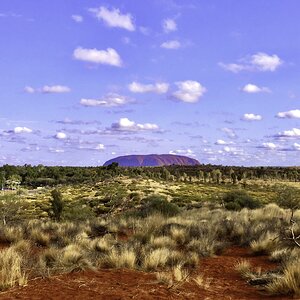
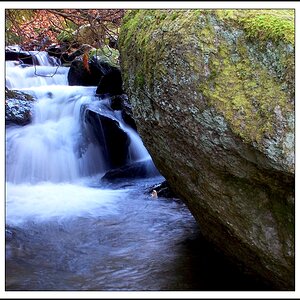
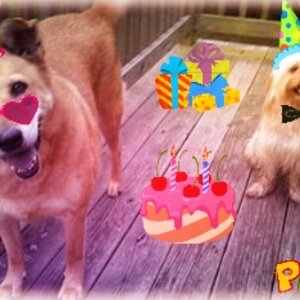
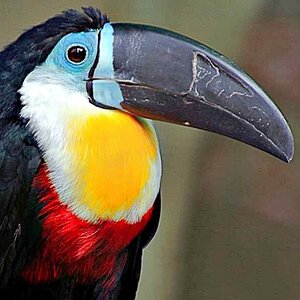
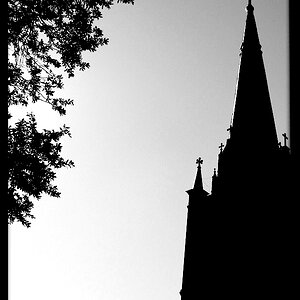
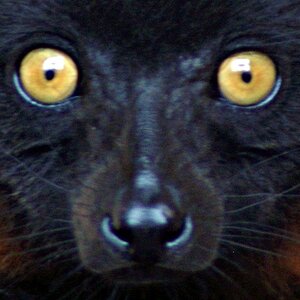
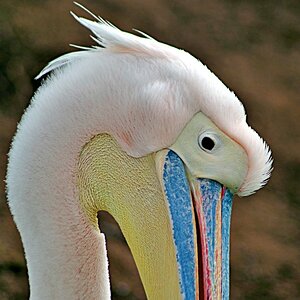

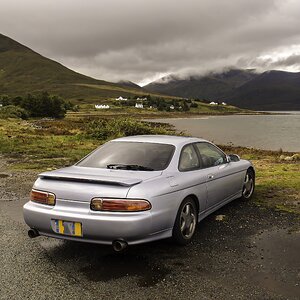
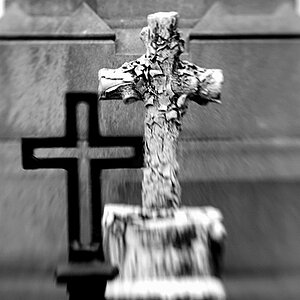
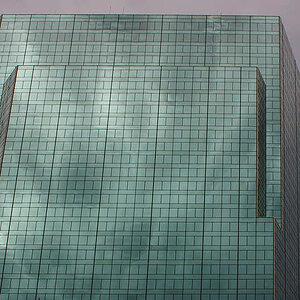
![[No title]](/data/xfmg/thumbnail/41/41889-81d59d4994c91e71aaf805b05b133966.jpg?1619739933)